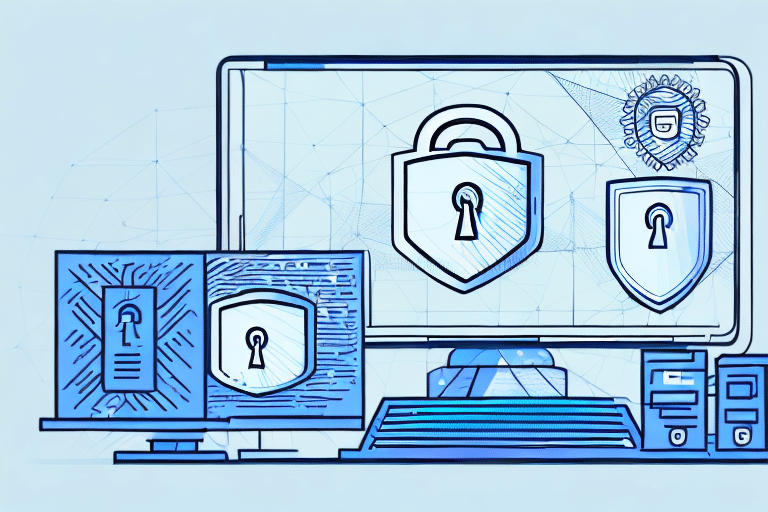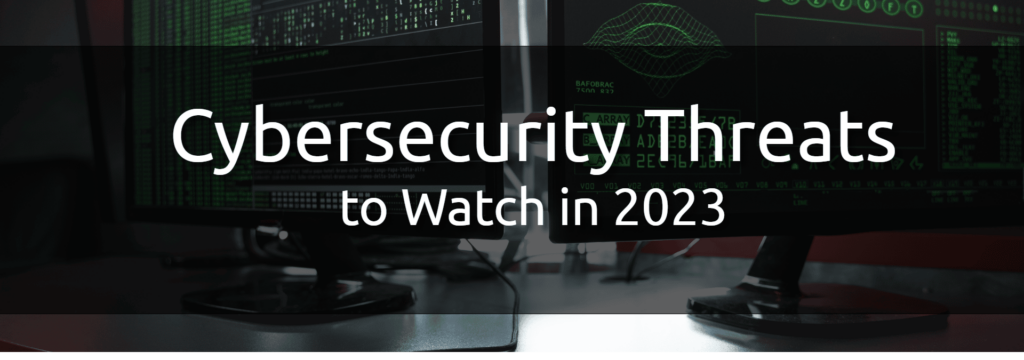The healthcare industry has always been focused on delivering the best possible treatment to patients. However, as technology has become more integrated into healthcare, the industry has become increasingly vulnerable to cyber threats.
Sensitive patient information such as medical records, social security numbers, and financial information are at risk for theft and misuse, leading to a decline in patient trust and safety. The need for robust cybersecurity solutions in healthcare has never been more apparent.
On This Page:
The Growing Importance of Healthcare Cybersecurity
Cybersecurity has become a top priority in healthcare due to the rising number of cyber attacks targeting medical records and other sensitive data. Research indicates the healthcare industry saw an increase of 45% in ransomware attacks between 2018 and 2019 alone. The FBI further reported that in 2022, 45% of healthcare providers saw complications in performing medical procedures due to ransomware attacks. Cybersecurity incidents can be costly for healthcare organizations, and the impact on patient trust and safety can be significant.
The Rise of Cyber Threats in the Healthcare Industry
As healthcare has become increasingly digitized, the industry has become a primary target for cybercriminals. Medical records and personal information are worth a lot of money on the black market, making healthcare organizations prime targets for data breaches and cyber-attacks. With the advent of the Internet of Things (IoT) and the growing use of medical devices, the attack surface in healthcare has expanded, presenting new challenges for cybersecurity professionals.
One of the main challenges is the sheer number of devices that are now connected to healthcare networks. Medical devices such as heart monitors, insulin pumps, and even hospital beds are now connected to the internet, making them vulnerable to cyber-attacks. These devices often have weak security protocols, making them easy targets for hackers. As a result, healthcare organizations must ensure that all devices connected to their networks are secure and regularly updated to prevent cyber attacks.
The Impact of Data Breaches on Patient Trust and Safety
Data breaches in healthcare can have devastating effects on patients. Not only can their sensitive information be compromised, but their trust in medical providers can also be shaken. When patients feel like their personal information is not secure, they may be hesitant to share that information with their healthcare providers, which can lead to subpar care and missed diagnoses.
Furthermore, data breaches can have serious consequences for patient safety. In some cases, hackers have gained access to medical devices and altered their settings, putting patients’ lives at risk. For example, a hacker could potentially change the dosage of medication being delivered by an insulin pump, causing a patient to suffer from hypoglycemia or hyperglycemia.
Regulatory Compliance and Cybersecurity Standards
Regulatory compliance has become a significant driver of cybersecurity in healthcare. Healthcare organizations must comply with frameworks such as HIPAA and HITRUST to ensure that patient information is secure. Compliance with these regulations goes beyond legal requirements—it also helps healthcare organizations build trust with patients by demonstrating their commitment to protecting sensitive information.
However, compliance alone is not enough to ensure cybersecurity in healthcare. Healthcare organizations must also implement robust cybersecurity measures to protect against cyber attacks. This includes regular security assessments, employee training, and the use of advanced security technologies such as intrusion detection systems and firewalls.
Assessing the Vulnerabilities in Healthcare IT Systems
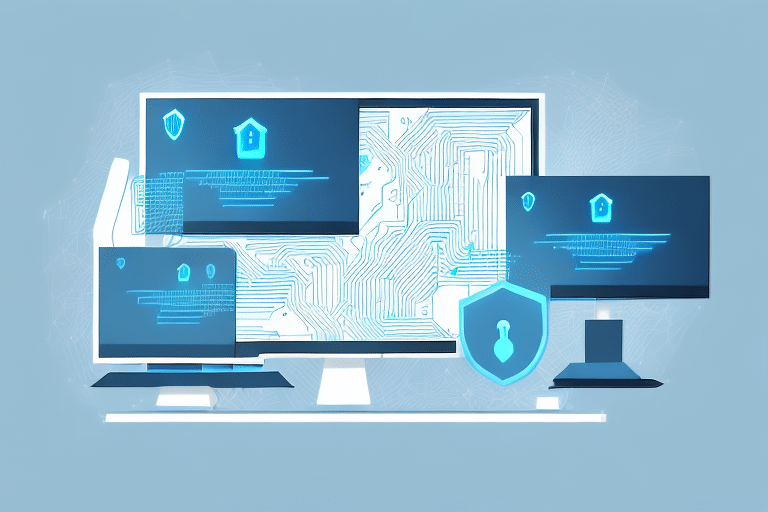
To implement effective cybersecurity solutions, healthcare organizations must first assess vulnerabilities in their IT systems. Identifying weak points in network infrastructure, as well as potential human error by employees, can help prevent cyber-attacks and data breaches from occurring.
Healthcare organizations hold vast amounts of sensitive patient information, making them a prime target for cyber attacks. In recent years, the healthcare industry has seen an increase in cyber-attacks and data breaches, making it crucial for healthcare organizations to prioritize cybersecurity.
Identifying Weak Points in Network Infrastructure
Network infrastructure is a significant area of vulnerability in healthcare IT systems. Healthcare organizations should conduct regular network assessments to identify potential weaknesses in their infrastructure. This includes assessing firewalls, routers, and other critical networking components to ensure they are properly configured and updated with the latest security patches.
It is also important for healthcare organizations to monitor network traffic to detect any suspicious activity. Intrusion detection and prevention systems can help detect and prevent cyber attacks, while network segmentation can limit the spread of a potential attack.
The Role of Human Error in Cybersecurity Incidents
While technology plays an essential role in cybersecurity, employees are equally important. Many cybersecurity incidents occur due to human error, such as using weak passwords or clicking on suspicious links. Healthcare organizations should invest in employee training and awareness programs to help minimize the risk of human error and promote good cybersecurity practices.
It is important for employees to understand the importance of strong passwords and to avoid using the same password for multiple accounts. Healthcare organizations should also implement two-factor authentication to add an extra layer of security to employee accounts.
Securing Medical Devices and IoT
The growing use of medical devices and IoT in healthcare presents unique cybersecurity challenges. These devices are often not designed with security in mind, making them easy targets for cybercriminals. Healthcare organizations must implement strict security controls to protect these devices, such as multi-factor authentication and access control.
It is also important for healthcare organizations to keep these devices updated with the latest security patches and to monitor them for any suspicious activity. In addition, healthcare organizations should limit the use of personal devices on their networks and implement strict policies for the use of mobile devices.
Implementing Robust Cybersecurity Measures
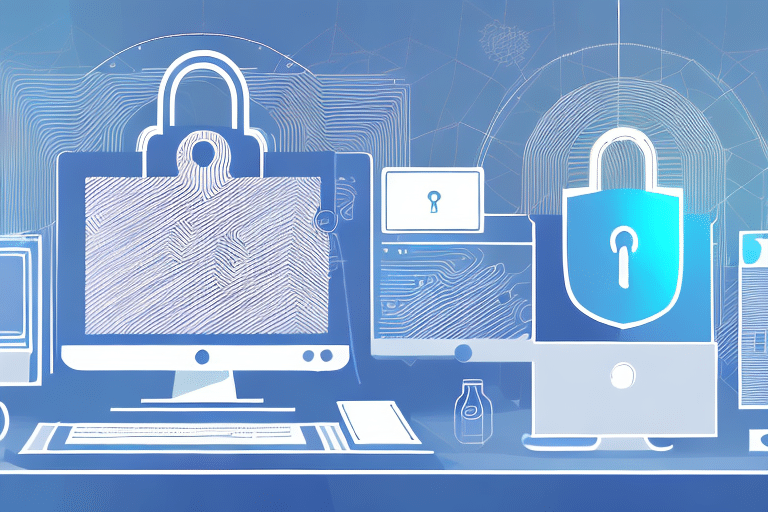
After assessing vulnerabilities and identifying potential areas of weakness, healthcare organizations should implement robust cybersecurity measures to protect patient information and other sensitive data.
Developing a Comprehensive Cybersecurity Strategy
A comprehensive cybersecurity strategy is essential for any healthcare organization. This strategy should include a detailed plan for responding to cyber attacks, regular security audits and penetration testing, and strict access control and authentication policies.
One important aspect of a comprehensive cybersecurity strategy is the development of a risk management plan. This plan should identify potential threats and vulnerabilities, assess the likelihood of these threats occurring, and determine the potential impact of a cyber attack on the organization. By developing a risk management plan, healthcare organizations can prioritize their cybersecurity efforts and allocate resources more effectively.
Employee Training and Awareness Programs
Training and awareness programs can help minimize the risk of human error in cybersecurity incidents. Employees should be trained on proper password management, phishing awareness, and other cybersecurity best practices to promote a culture of security.
It is important for healthcare organizations to provide regular training and awareness programs to all employees, including non-technical staff members. This can help ensure that everyone in the organization is aware of the potential risks and knows how to respond in the event of a cyber attack.
Regular Security Audits and Penetration Testing
Regular security audits and penetration testing can help identify vulnerabilities before they can be exploited by cybercriminals. Healthcare organizations should conduct frequent assessments of their IT systems and network infrastructure to ensure that they are kept up-to-date and secure.
In addition to regular security audits and penetration testing, healthcare organizations should also conduct incident response drills. These drills can help employees practice their response to a cyber attack and identify areas where the organization may need to improve its incident response plan.
Advanced Cybersecurity Technologies for Healthcare
Advanced cybersecurity technologies, such as artificial intelligence (AI) and blockchain solutions, can help healthcare organizations stay ahead of cyber threats. With the increasing use of digital technologies in healthcare, it is essential to ensure the security and privacy of patient data.
Artificial Intelligence and Machine Learning in Cyber Defense
AI and machine learning can be used to analyze large amounts of data and identify potential cyber threats in real time. These technologies can help healthcare organizations detect and respond to cyber attacks more quickly and efficiently. By leveraging AI and machine learning, healthcare organizations can automate the detection and response to cyber threats, reducing the risk of human error.
Moreover, AI-powered cybersecurity solutions can learn from past attacks and adapt their defense mechanisms accordingly. This means that as cyber threats evolve, AI-powered solutions can stay up-to-date and provide better protection against new and emerging threats.
Blockchain Solutions for Secure Data Management
Blockchain technology can be used to securely manage patient data and ensure that it is only accessible to authorized individuals. By leveraging the immutability of blockchain, healthcare organizations can prevent unauthorized modifications to patient records and other sensitive data.
Furthermore, blockchain solutions can provide a secure and transparent way of sharing patient data between healthcare providers. This can improve the quality of care by enabling healthcare providers to access a patient’s complete medical history, regardless of where they received treatment.
Multi-Factor Authentication and Access Control
Multi-factor authentication and access control policies can help reduce the risk of unauthorized access to sensitive data. Healthcare organizations can use biometric authentication and other advanced security measures to ensure that only authorized individuals can access patient information.
Moreover, access control policies can be customized based on the role and responsibilities of each employee. For example, a nurse may require access to electronic patient records, but not to the patient’s financial data. By implementing role-based access control policies, healthcare organizations can ensure that employees only have access to the data they need to perform their job duties.
Building a Resilient Healthcare Cybersecurity Ecosystem
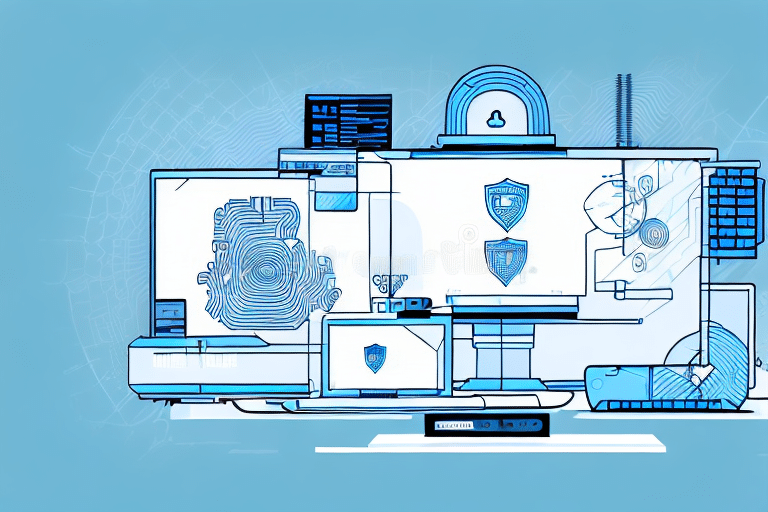
As the healthcare industry continues to digitize patient data and rely on technology for critical operations, the need for robust cybersecurity solutions becomes increasingly important. Cyber attacks can have devastating consequences for healthcare organizations, including the loss of sensitive patient information and the disruption of critical medical services. Therefore, securing healthcare with cybersecurity solutions is not a one-time effort.
Healthcare organizations must continue to collaborate with industry partners and government agencies to build and maintain a resilient cybersecurity ecosystem. Collaboration is essential for sharing threat intelligence and best practices for cybersecurity. By working together, healthcare organizations can improve their ability to detect and respond to cyber threats.
Collaborating with Industry Partners and Government Agencies
Industry partners and government agencies can provide valuable resources and expertise to healthcare organizations seeking to improve their cybersecurity posture. For example, the Department of Health and Human Services (HHS) offers guidance and resources for healthcare organizations to improve their cybersecurity practices.
Healthcare organizations should also work closely with their technology vendors to ensure that their systems and applications are up-to-date and secure. Vendors can provide patches and updates to address known vulnerabilities and help healthcare organizations stay ahead of emerging threats.
Leveraging the Benefits of Cyber Insurance
Cyber insurance is designed to cover losses and expenses should a cyber incident occurs. Healthcare should consider not only the potential loss of patient medical info, but the liability that comes with not being able to provide necessary treatment. Healthcare can benefit by having insurance protection against cyber threats.
Likewise, because it is in the insurance industry’s best interest to reduce preventable claims, cyber insurance assists healthcare professionals in understanding their risks and minimizing potential exposure.
Establishing Incident Response and Disaster Recovery Plans
Despite best efforts to prevent cyber attacks, healthcare organizations must be prepared for the possibility of a breach. Incident response and disaster recovery plans are essential for minimizing the impact of cyber-attacks and ensuring that critical services can be restored quickly.
Healthcare organizations should establish protocols for containing and eradicating cyber threats, as well as measures for restoring IT systems and data in the event of a data breach. These plans should be regularly tested and updated to ensure that they remain effective in the face of evolving threats.
Fostering a Culture of Cybersecurity Awareness and Responsibility
Cybersecurity is everyone’s responsibility in healthcare. All employees, from front-line staff to executives, must be invested in protecting patient data. Healthcare organizations must foster a culture of cybersecurity awareness and responsibility to ensure that all employees understand the importance of protecting sensitive information.
Training and education programs can help employees recognize potential threats and understand how to respond to them. Healthcare organizations can also establish policies and procedures to ensure that employees follow best practices for cybersecurity, such as using strong passwords and avoiding phishing scams.
By working together, healthcare organizations can build a resilient cybersecurity ecosystem that ensures the safety and security of patient information. Collaboration with industry partners and government agencies, establishing incident response and disaster recovery plans, and fostering a culture of cybersecurity awareness and responsibility are essential for achieving this goal.
